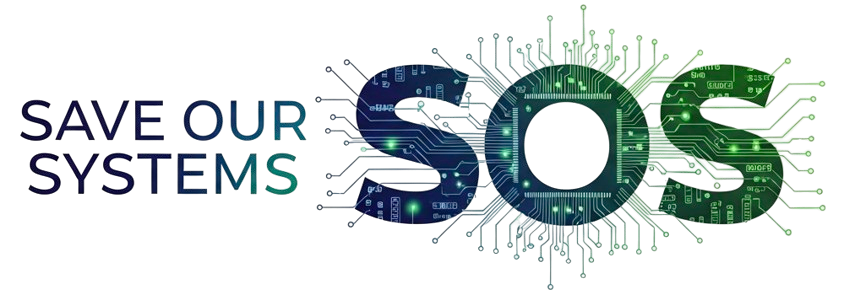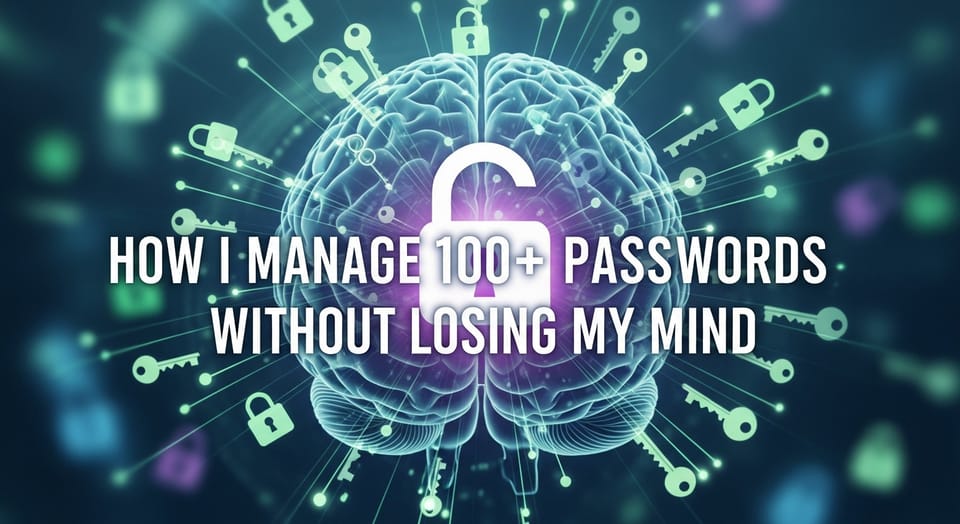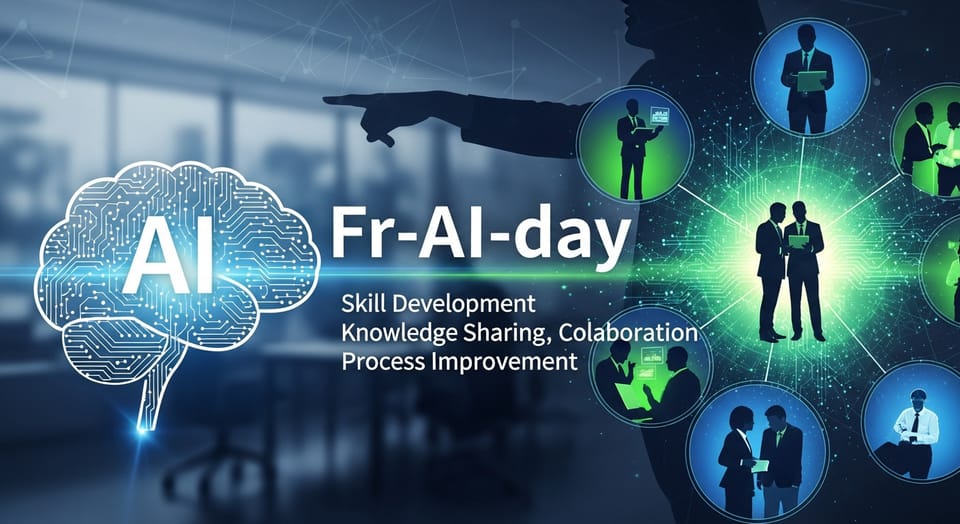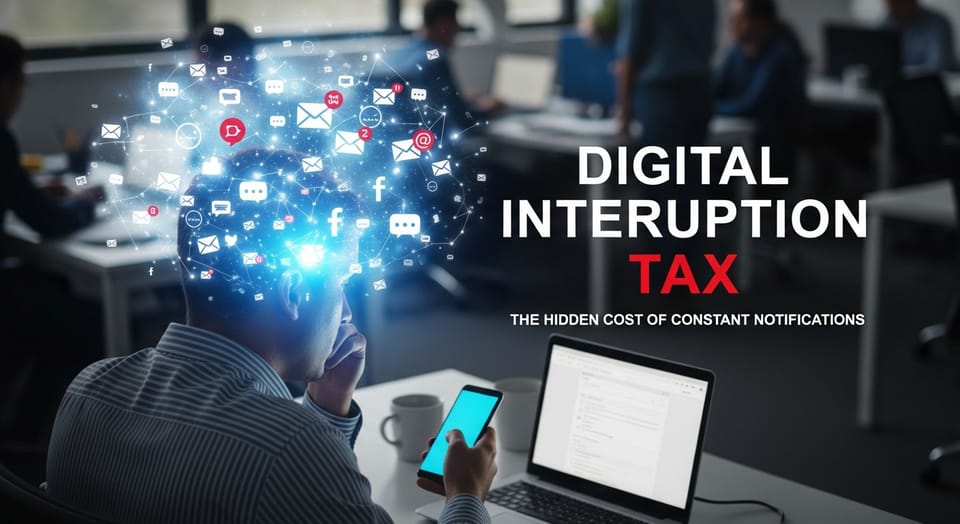Building a Second Brain Book Review
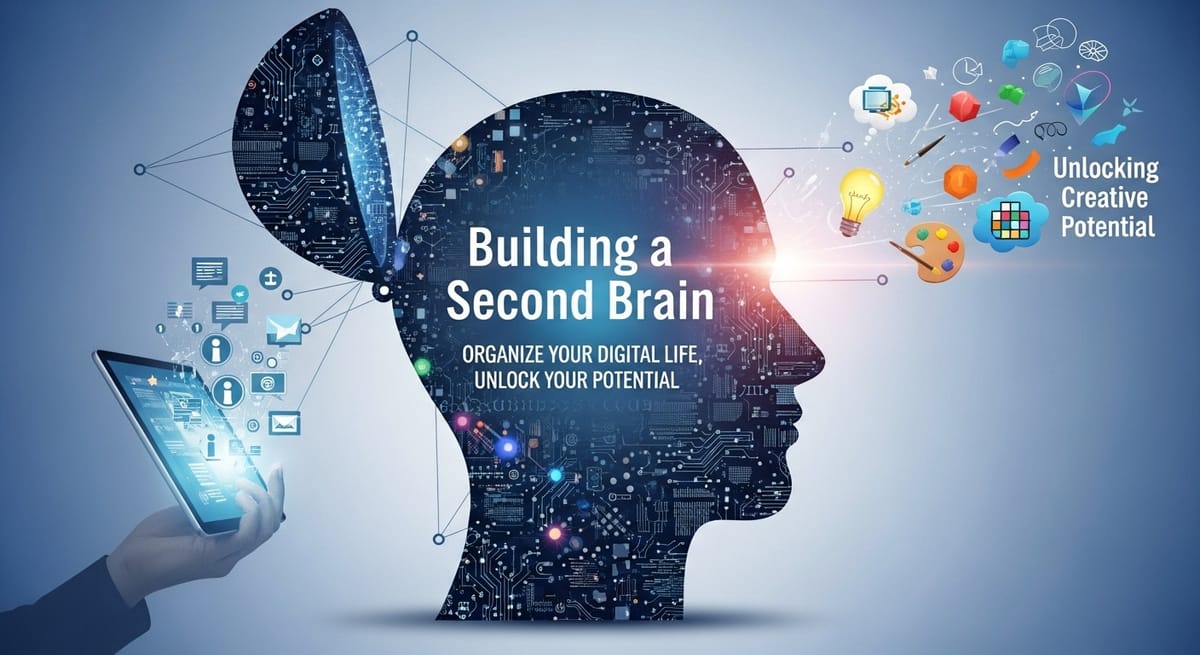
- Title: Building a Second Brain: A Proven Method to Organize Your Digital Life and Unlock Your Creative Potential
- Author: Tiago Forte
- Publication Date: June 14, 2022
Brief Overview
Building a Second Brain presents Tiago Forte's systematic approach to personal knowledge management through the CODE framework (Capture, Organize, Distill, Express). The book guides readers in creating an external system for storing and organizing information to overcome digital overwhelm and enhance productivity. By teaching techniques like progressive summarization and promoting effective knowledge expression, Forte helps readers transform information overload into actionable insights for improved decision-making and creative output.
The CODE Framework: A Systematic Approach
The CODE framework provides the structural backbone of Forte's methodology:
Capture
The process begins with capturing information that resonates with you from various sources. This selective approach prevents information overload and focuses on collecting what might be valuable later. The philosophy behind this step is captured in one of the book's most highlighted quotes: "Your mind is for having ideas, not holding them."
Organize
Forte recommends organizing information for actionability rather than perfect categorization. The book introduces the PARA method (Projects, Areas, Resources, Archives) as an organizational system, though the framework's principles can be adapted to individual preferences and workflows.
Distill
This involves the technique of "progressive summarization" - creating increasingly refined layers of highlighted and summarized information to make it more actionable over time. As Forte explains, it's "like creating a map of your notes: useful in direct proportion to how much it simplifies the territory."
Express
The ultimate purpose of a second brain is not mere collection but application - transforming passive knowledge into active creation and sharing. As highlighted in the book, "The purpose of knowledge is not to be a mere collector of information, but to become someone who brings value to others."
The Transformation of Knowledge Work
Forte makes a critical observation about the nature of modern work: "Knowledge work is, in a sense, the opposite of physical labor: your body records what your mind comes up with." This distinction emphasizes how our relationship with information has fundamentally changed in the digital age, necessitating new systems for managing the cognitive aspects of our work.
The book argues that creating mental space for deep thinking and creativity is a central benefit of the second brain methodology, noting that "The most important life metric is finding the time and space to think."
Beyond Tools: Systems and Habits
A key insight from the book is that while tools matter, the principles and habits of knowledge management transcend any particular application: "The real magic of a second brain isn't the technology - it's the system that ensures nothing falls through the cracks."
Forte counters common misconceptions about note-taking systems by emphasizing that usage and application, not perfect organization, drive value: "The secret to sustainable knowledge management isn't conscientious capturing or meticulous maintenance. It's regular reuse." This is reinforced by the observation that "A note that is never revisited is as valuable as a note that was never written down."
Connections to Established Methodologies
There are notable similarities between Forte's CODE method and David Allen's "Getting Things Done" (GTD) methodology. The Capture and Organize phases of CODE share similarities with GTD's emphasis on collecting inputs and organizing them into a trusted system. The Distill and Express components appear to be Forte's unique contributions, focusing on refining information and putting it to practical use.
This connection suggests that Forte has built upon established productivity frameworks while adapting them specifically for digital knowledge management.
My Rating and Rationale
Building a Second Brain receives 3 out of 5 stars. While the book contains valuable information and presents a coherent system for managing digital knowledge, there isn't anything groundbreaking here that hasn't been done before.
The strength of the book lies in its technology-focused approach and how it brings established organization methods into the modern digital world. The concept of calling it a "Second Brain" is particularly effective, capturing the essence of what Forte is trying to achieve - an external system that complements our biological memory and thinking capabilities.
However, as noted in my brainstorming notes, many of the core concepts appear to be inspired by existing productivity systems like David Allen's Getting Things Done. The Capture and Organize components of the CODE method bear strong resemblances to GTD principles, with Distill and Express representing Forte's unique contributions.
What makes the book worthwhile is its specific application to our information-rich digital lives and its potential adaptability to emerging technologies. As I noted in my reflections, "the CODE method can work well with future AI implementations and tools." The systematic approach to organizing and retrieving information could prove increasingly valuable as we integrate more AI tools into our knowledge workflows.
In summary, Building a Second Brain offers a solid framework for digital organization, but it's more of an evolution of existing productivity systems than a revolutionary approach. Its value lies in its modern application and potential future relevance rather than in presenting entirely novel concepts.
Rating
★★★☆☆ (3/5)
